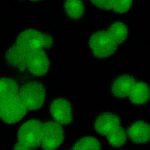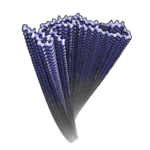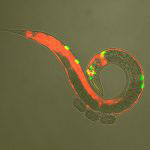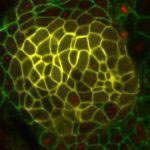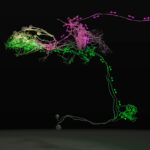
As well as having instinctive responses to their environment, nearly all animals can learn to associate particular sights, smells, or sounds with rewards or negative consequences. It had been thought that two separate brain centres control these two different types of responses; innate and learned.

